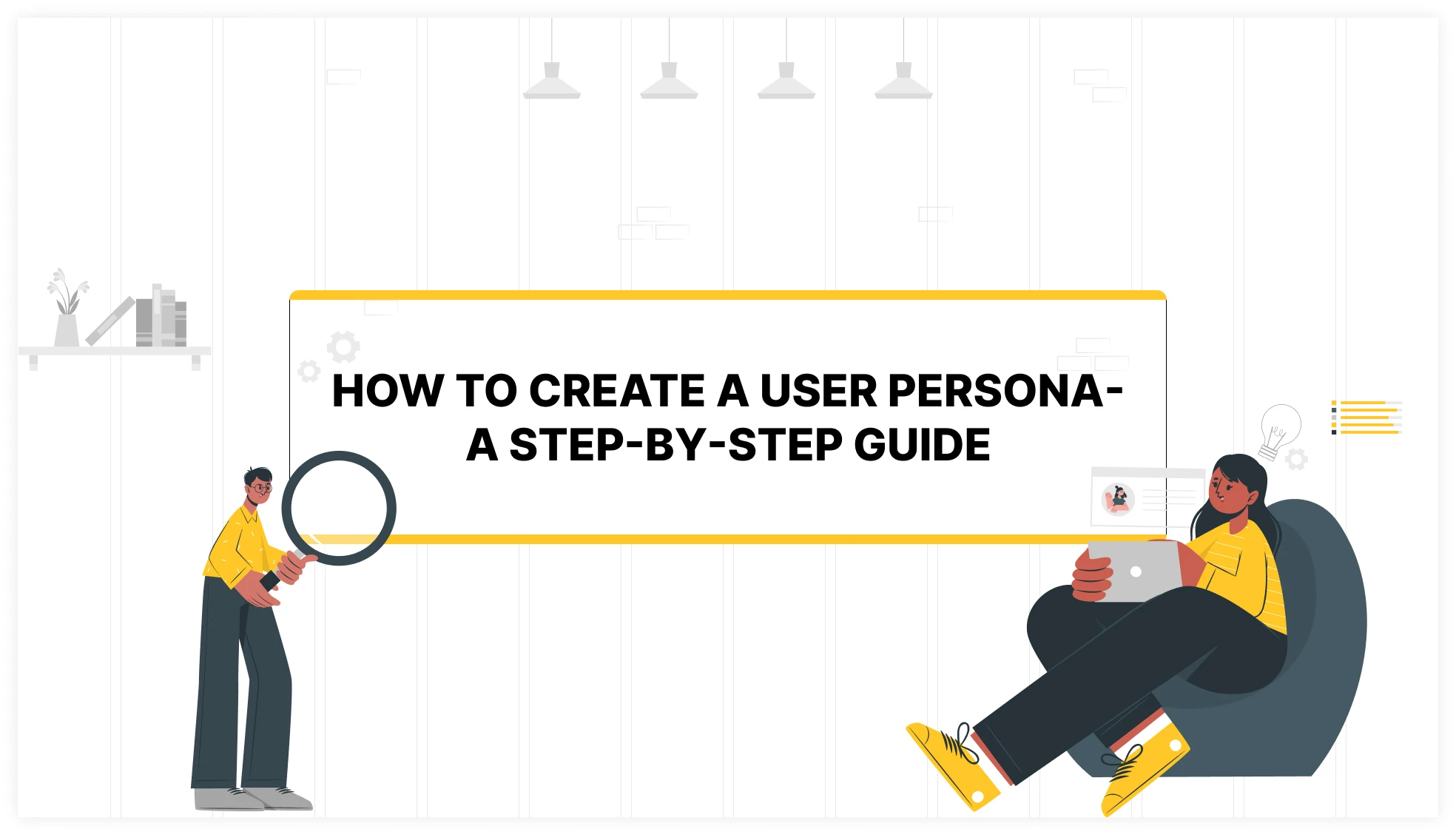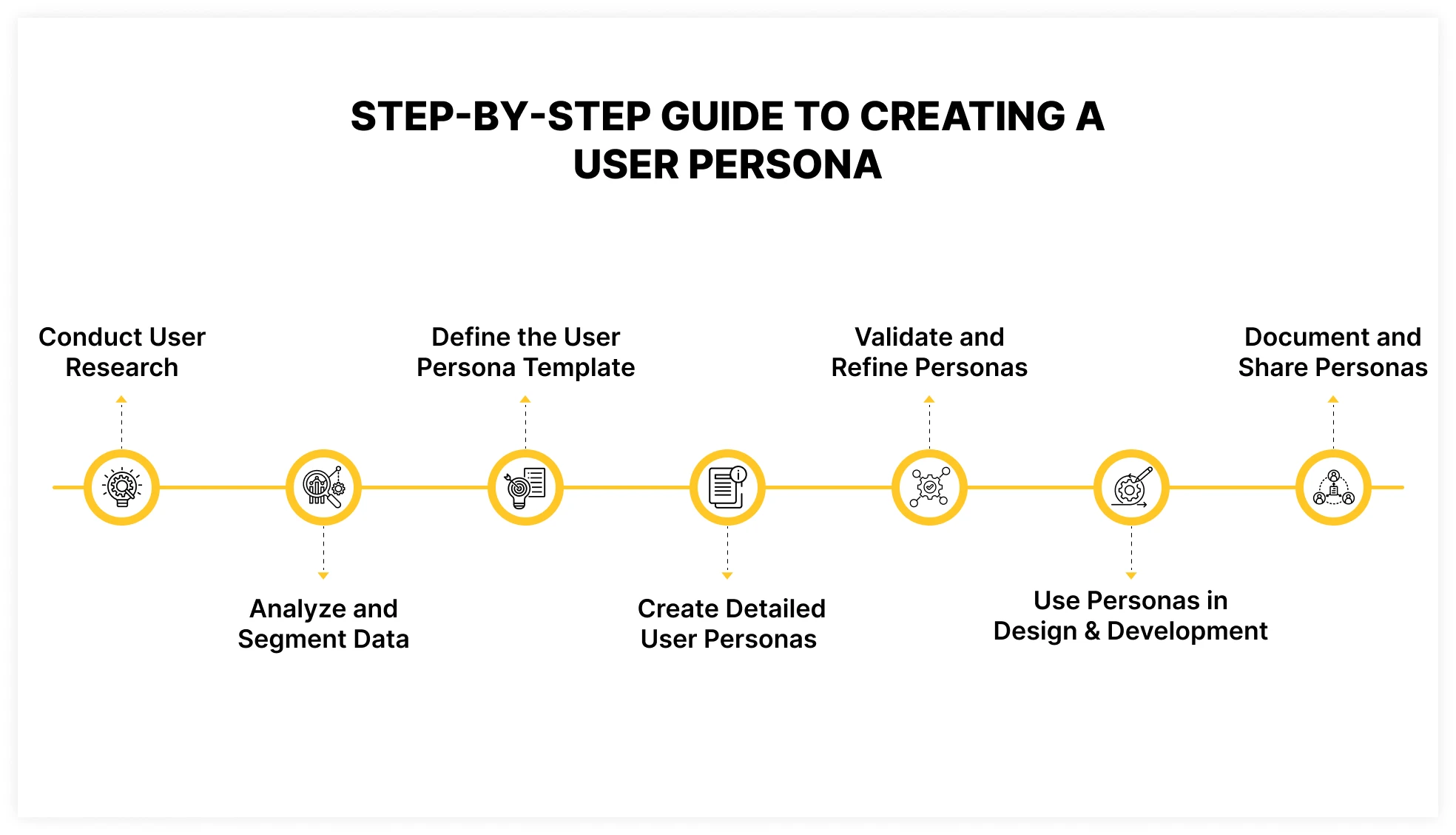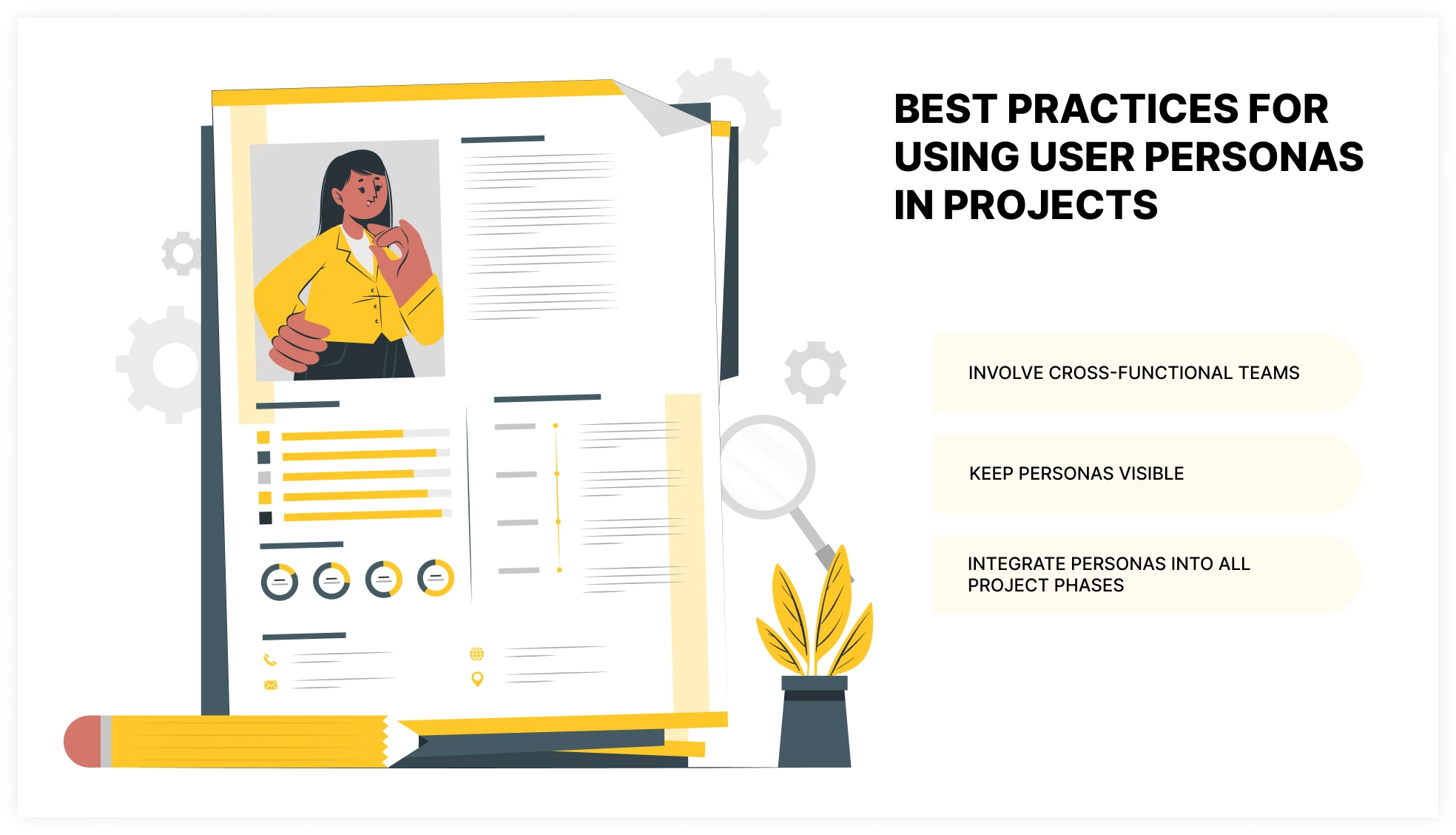
Understanding your users in project management and business analysis is important to developing successful solutions. One effective way to achieve this understanding is through user personas. User personas serve as fictional, yet realistic, representations of your target audience, driving better decision-making and fostering user-centric solutions.
What is a User Persona?
A user persona represents what your target user looks like, their wants, needs, goals, problems, and other characteristics. It helps the team visualize their ideal customer and better understand the person they’re building a product for.
User personas are helpful artifacts that allow the team to make data-driven decisions and empathize with future users. They allow for a user-centric approach that, in turn, helps to create solutions that truly resonate with the target audience.
Benefits of Creating User Personas
- Improved understanding of target audiences: Personas sum up the needs, behaviors, and goals of users, providing a clear understanding of the audience.
- Enhanced communication among stakeholders: Shared understanding of user personas ensures that all team members are aligned in their vision.
- Better products and service alignment with user needs: By focusing on user-centric design, personas guide the development of products that resonate with the target audience.
Why are User Personas Important in Project Management?
User personas are important for the reasons given below:

- Bridging the gap between business requirements and user experience: Personas provide context, helping teams make user-centric decisions.
- Supporting Agile and Scrum processes: In methodologies like Agile and Scrum, personas help prioritize user stories and tasks.
- Aligning team efforts toward shared goals: Personas foster a unified direction, ensuring that all team efforts are focused on user satisfaction.
Key Components of a User Persona
To create a comprehensive user persona, include the following components:
- Demographics: Age, gender, occupation, and other basic details.
- Psychographics: Values, goals, and challenges that influence user behavior.
- Behavior patterns and motivations: How users interact with products and their reasons for doing so.
- Challenges and frustrations: These are obstacles users face, and they affect their experience.
- Communication preferences: Preferred methods and channels of communication.
Step-by-Step Guide to Creating a User Persona
The following are the steps to help you create user personas:

Step 1: Conduct User Research
Start by gathering as much information as possible about your users. Use surveys, interviews, and online behavior analysis to collect data. Key factors to consider include age, location, and job roles.
Identify their goals and challenges and observe how they interact with your product or service. This research will help you recognize patterns and understand your audience better.
Step 2: Analyze and Segment Data
Organize your collected data to understand your audience better. Group users with similar characteristics or needs, and identify common goals and challenges. Prioritize segments that are most relevant to your business objectives. This step helps you create realistic and useful personas.
Step 3: Define the User Persona Template
Utilize tools or templates, such as HubSpot, Xtensio, or Canva to simplify persona creation. These tools provide structured layouts for user details like goals, challenges, and behaviors, saving time and ensuring a professional appearance.
Step 4: Create Detailed User Personas
Give your personas names and add photos to make them human. Describe their daily lives, motivations, and frustrations. For example, “Emily, the Busy Mom”, struggles with work and family responsibilities, while “Ryan, the Tech Guru,” loves trying new gadgets but hates unclear instructions.
Step 5: Validate and Refine Personas
Share personas with team members and stakeholders to get feedback and to ensure accuracy. Use personas in real scenarios to see how well they represent real users. Update personas with new data and feedback to keep them relevant.
Step 6: Use Personas in Design and Development
Incorporate personas into every stage of the design process to keep user needs at the forefront. Use personas as a reference point for making design and development decisions. Personas help align team members by providing a shared understanding of the target audience.
Step 7: Document and Share Personas
Create a guide with detailed descriptions and use cases. Make sure everyone involved in the project has access to the personas. Keep a central location for personas and update them when user behavior or business goals change.
Tools for Creating User Personas
Use these tools to streamline persona creation:
- Persona Templates: Available in Excel, Word, or Google Sheets.
- Software Tools: Use Adobe XD, Figma, or Canva for visual personas. Miro or MURAL are great for creating collaborative personas.
- CRM systems: Extract relevant customer data to inform your personas.
Best Practices for Using User Personas in Projects

- Involve cross-functional teams: Engage various departments in persona development for diverse perspectives.
- Keep personas visible: Ensure personas are easily accessible to all the team members.
- Integrate personas into all project phases: Use personas during requirements gathering, sprint planning, task prioritization, testing, and validation.
Common Mistakes to Avoid
Common mistakes that you should avoid while creating user personas are mentioned below:

- Relying on assumptions.
- Creating too many personas.
- Failing to validate personas.
- Treating personas as static.
Conclusion
User personas are essential in project management and business analysis, fostering user-focused solutions and enhanced decision-making. Incorporating personas into projects ensures that user needs are at the forefront, driving success.
Share your experiences in creating user personas or seek assistance in persona development to refine your approach.
FAQs
What is persona creation?
Persona creation is the process of developing fictional characters that represent different user types for a product or a service, to help guide decision-making in design and marketing.
What are the three components of personas?
The three core components of personas are: demographics (age, gender, occupation, etc.), psychographics (emotions, goals, pain points), and behavioral patterns (e.g. usage habits, decision-making, tendencies).
Can user personas change over time?
Yes, user personas can evolve as user behaviors and market conditions change. Regularly updating personas based on new data helps keep them relevant and useful.
How can user personas improve product design?
By understanding your design, motivations, and pain points, designers can create more intuitive and effective user experiences, ultimately leading to increased user satisfaction and product success.
How can I collect data for creating user personas?
You can collect data through user interviews, surveys, website analytics, customer feedback, and market research. Observing users in real-life scenarios also provides valuable insights.



















